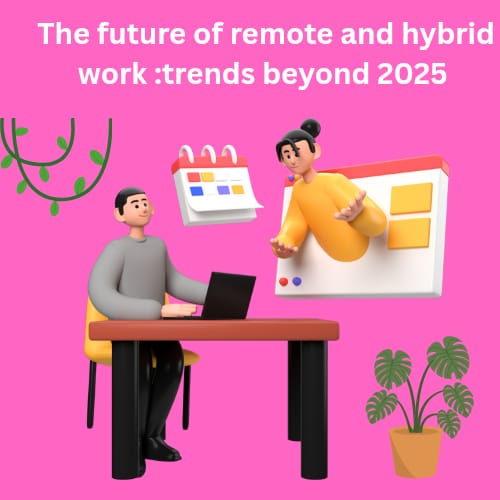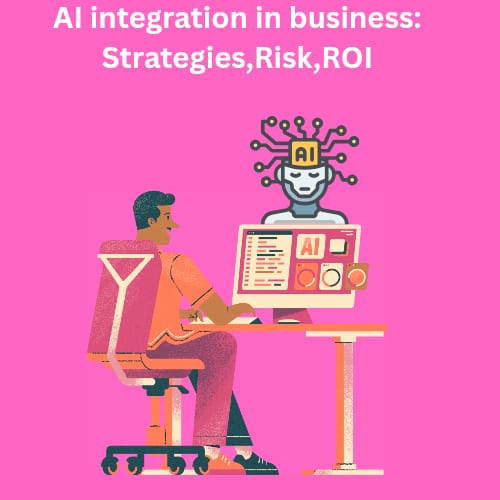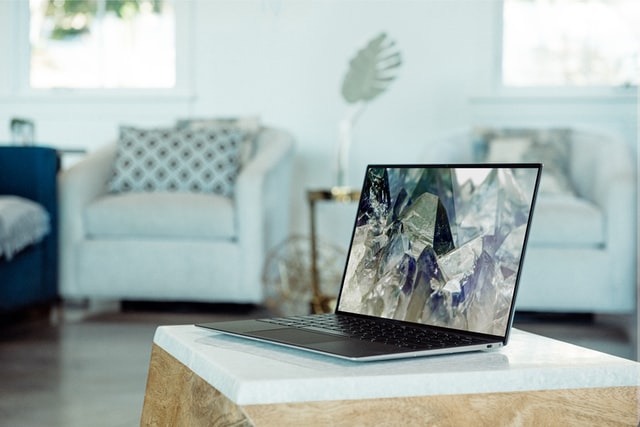The Future of Remote and Hybrid Work: Trends Beyond 2025
The Future of Remote and Hybrid Work: Trends Beyond 2025
The Future of Remote and Hybrid Work: Trends Beyond 2025
Suppose—you woke up in the morning and opened your laptop sitting at the breakfast table. Coffee beside you, and no rush to catch the bus for the office. A short walk at noon, and in the afternoon you are sitting on a park bench, calling with a client. Is this going to be the new reality of work?
This question touches the style of our future work. Because after 2025 the concept of “work means office” is slowly going to break. Remote and Hybrid work is not just a temporary solution, but is becoming part of long-term work culture.
Remote work:
Remote work means doing work from home or from any convenient place without going to the office. That is, where earlier one had to sit in the office and use the computer to work, now the same work can be done from home through the internet.
Here the main role is played by technology. Through laptop, smartphone, internet, video conference tools (like Zoom, Google Meet) and messaging apps it is possible to keep communication with the team. As a result there is no need to go to the office to submit files or to do meetings, everything can be done online.
Hybrid work:
Hybrid work means such a type of work system, where employees sometimes go to the office and work, and sometimes from home or any place to work online. Simply speaking—this is the mixture of office and remote work.
Example: If any company says, three days in a week must come to office and rest two days can work sitting at home—that is hybrid work.
Beginning: From past to present
Before 2019 many believed—real work means everyone sitting together in one place, being present in the office from morning to evening. But the 2020 pandemic changed the whole equation. People were forced to start working from home. At first it was troublesome, but gradually everyone understood—not all work needs physical presence in the office.
Efficiency did not decrease, rather in many cases it increased. Time was saved, travel costs reduced, and more time could be given to family and personal life. From here initiated a new age—the age of Remote and Hybrid work.
Future Trends of Remote and Hybrid work(after 2025):
- Malleable time and place
Future work will no longer be stuck in 9 to 5. The office may open 2–3 days a week, the rest of the day's work will be at home or anywhere else.
Example: A company will say—“Fulfill your goals, how you spend the time is your decision.”
- From Hybrid to Blended model
Today we talked about the “office + home” model. But, Virtual Reality (VR) and Augmented Reality (AR) will be added in the future AI.
Suppose: A design team is creating models in a virtual room, and an engineer is reviewing it from home wearing a VR headset.
- Rise of Technology and AI
AI will be the main assistant to make work faster and more effective. Report writing, meeting notes, data analysis—everything will be done by AI itself. As a result, people will be able to give more time to complex decisions.
Example: As soon as the meeting ended AI created a short report and sent it by email.
- Employee mental health and wellness
Working from home blurs the boundary between work and personal life. Loneliness, overwork pressure or the tendency to be “always online” affects mental health. That’s why companies will invest more in wellbeing programs.
Example: The company introduced a four-day work week, or declared a “digital detox day.”
- New type of office design
Offices will remain, but they will no longer just be filled with desks and chairs. Offices will be more casual, collaborative spaces—where teams will brainstorm together.
Example: In one place a coffee shop-style corner, in another place a small meeting pod.
- Return-to-Office (RTO) debate
Not all companies will implement RTO in the same way. Some will say three days a week in the office is required, some will keep it fully remote. In the future RTO will be flexible and based on employee convenience.
- Equal opportunity and leadership
Creating differences between remote workers and office workers will be a big challenge. For this managers will need new skills—virtual leadership, ensuring inclusion, fair training.
- Global talent pool
A company will no longer recruit only from its own city or country. It will be possible to bring the best people from anywhere in the world into the team.
Example: Content creator in Africa, designer in Europe, and manager in Asia—all working as part of the same team.
- Cyber security and technical barriers
The biggest risk of remote work is information security. For this advanced VPN, cloud security, two-factor authentication will be mandatory.
- Change in lifestyle
Because of remote work people will want to leave crowded cities and live in peaceful places. As a result rent, travel cost, lifestyle will all change.
Challenges
Of course not everything will be so easy. A few big challenges will come forward:
Weakening of organizational culture – team bonding may decrease if people don’t go to the office.Change in management method – judgment has to be based on output, not presence. Infrastructure inequality – not everyone may have good internet or devices. Cyber risk – if data leaks, big damage can occur. Mental stress – hard to maintain the boundary between work and personal life. Legal complexity – different countries have different tax and job rules, so companies will face complicated processes.
Possibilities and Actions
To overcome these challenges some steps are urgent:
Create flexible policy – but clear rules so that no confusion occurs.
Invest in training – especially on virtual leadership, team management, cyber security.
Employee wellbeing – ensure mental health support, leave, break opportunities.
Invest in technology – use advanced software, AI tools, secure cloud service.
Office redesign – smart conference room for hybrid meetings, flexible space.
New form of performance evaluation – output-based evaluation.
Conclusion
Before 2019 we considered office-centric work as normal. But 2020–2025 taught us—work does not mean just sitting in the office. The real issue is productivity, mental health and quality of work.
After 2025 we will see—the boundary between the office and home is blurring. Technology will reconnect us in new ways, and people will find more freedom to balance their life and work.
The future workplace will be such an environment, where time and place will no longer be obstacles—rather tools to make work more human, flexible and technology-driven.
Popular Tools
Recent Posts






